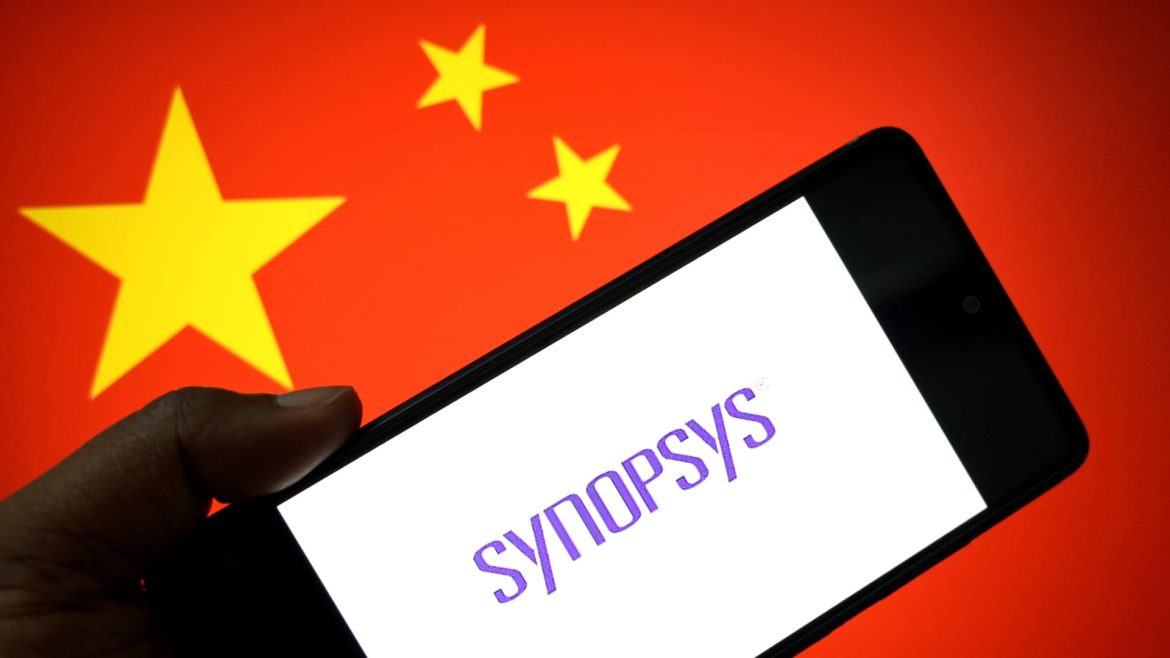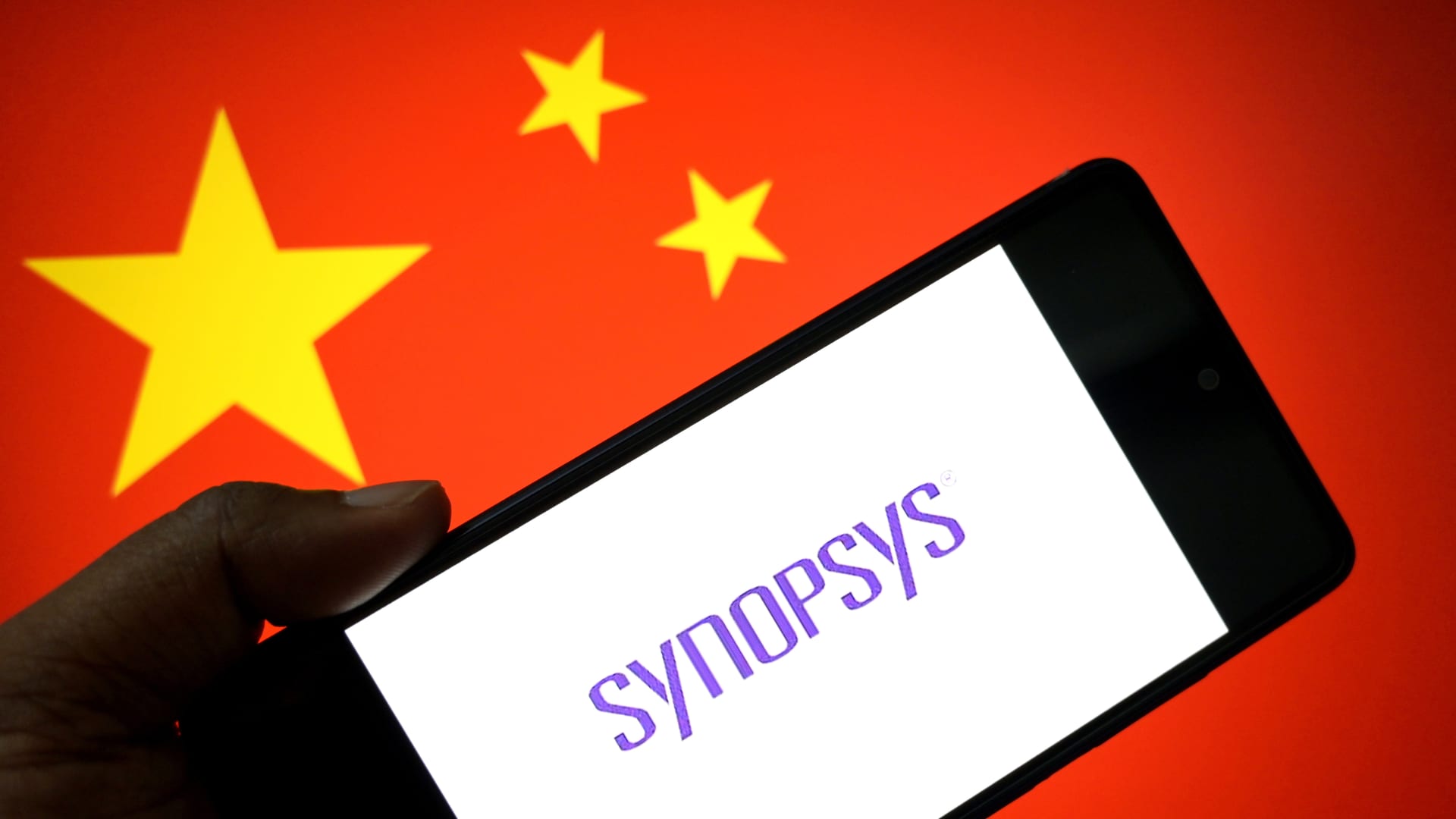The global semiconductor industry has long been a battleground in the U.S.-China trade war, but the focus on electronic design automation (EDA) software in 2025 reveals the intricate and volatile nature of this technological rivalry. This saga, marked by abrupt restrictions and sudden reversals, underscores the complexities of international trade relations in an era where technological supremacy is paramount.
The Initial Clampdown: A Strategic Move with Far-Reaching Consequences
The U.S. government’s decision to impose export restrictions on chip design software was a calculated move aimed at curbing China’s technological ambitions. The Trump administration’s actions targeted not only Synopsys, a leading U.S.-based EDA software provider, but also other key players like Cadence and Siemens. The restrictions were part of a broader strategy to limit China’s access to advanced technologies, including artificial intelligence, 5G, and high-performance computing.
The immediate impact was significant. Synopsys suspended its financial guidance, signaling potential financial repercussions. Investors reacted swiftly, causing shares of chip design software makers to plummet. The ripple effects extended beyond the U.S., disrupting the global semiconductor supply chain and creating uncertainty for businesses reliant on these tools. The move highlighted the U.S.’s determination to contain China’s technological rise, viewing it as a strategic competitor.
A Fleeting Thaw: The Trade Truce Mirage
In a surprising turn of events, the U.S. government lifted the restrictions on chip design software exports to China. This decision was announced by Synopsys and followed by Cadence Design Systems, which also resumed access to its software for Chinese clients. The lifting of restrictions was attributed to a trade truce reached between the U.S. and China after intense negotiations in Geneva. This accord was seen as a critical step towards stabilizing the fragile trade relationship between the two economic superpowers.
The news was initially met with relief by the semiconductor industry and investors. The prospect of resuming normal operations in China brought a sense of stability and optimism. However, this feeling was short-lived. The trade truce proved to be as fragile as it seemed, with President Trump accusing Beijing of violating the tariff agreement. China retaliated, and the brief period of détente quickly unraveled.
The Truce Crumbles: Déjà Vu All Over Again
The collapse of the trade truce raised serious questions about the reliability of trade agreements and the long-term prospects for U.S.-China relations. It also highlighted the inherent risks for companies operating in this highly volatile environment, where policy changes can occur rapidly and without warning. The cyclical nature of this trade dispute is driven by several underlying factors.
Firstly, the U.S. and China are engaged in a fierce competition for technological supremacy. Semiconductors are at the heart of this competition, powering virtually every modern technology. The U.S. views China’s rapid advancements in this field as a threat to its economic and national security interests.
Secondly, domestic political pressures in both countries play a significant role. The Trump administration’s hardline stance on trade with China is driven in part by a desire to protect American jobs and industries. In China, the government is under pressure to demonstrate its ability to withstand external pressure and achieve technological self-reliance.
Thirdly, the global semiconductor supply chain is highly complex and interconnected. Disruptions in one part of the chain can have cascading effects throughout the entire system. The U.S. export restrictions on chip design software not only impact Chinese companies but also affect global businesses that rely on these tools.
Finally, the lack of trust between the U.S. and China exacerbates the situation. Each side suspects the other of acting in bad faith, making it difficult to reach lasting agreements. This mistrust is fueled by concerns about intellectual property theft, cyber espionage, and other contentious issues.
Lessons Learned: Navigating the Geopolitical Minefield
The semiconductor software saga offers several valuable lessons for businesses operating in the global tech landscape. Firstly, geopolitical risk is paramount. Companies must carefully assess and manage the geopolitical risks associated with operating in countries with strained relations.
Secondly, diversification is key. Relying too heavily on a single market or supplier can be risky. Diversifying supply chains and customer bases can help mitigate the impact of unexpected disruptions.
Thirdly, compliance is non-negotiable. Companies must ensure that they are fully compliant with all applicable export control regulations. Failure to do so can result in severe penalties.
Fourthly, scenario planning is essential. Companies should develop contingency plans for various scenarios, including trade wars, sanctions, and other geopolitical events.
Finally, transparency and communication are crucial. Maintaining open communication with stakeholders, including employees, customers, and investors, is essential for building trust and managing expectations during times of uncertainty.
Conclusion: A Precarious Future
The fluctuating restrictions on chip design software serve as a microcosm of the broader U.S.-China trade war. The saga highlights the delicate balance between economic interests, national security concerns, and geopolitical ambitions. As the two economic giants continue to vie for global dominance, businesses operating in the tech sector must navigate a treacherous landscape of shifting policies and unpredictable events. The future remains uncertain, but one thing is clear: the semiconductor industry will continue to be at the forefront of this high-stakes geopolitical drama. The rollercoaster ride is far from over.





